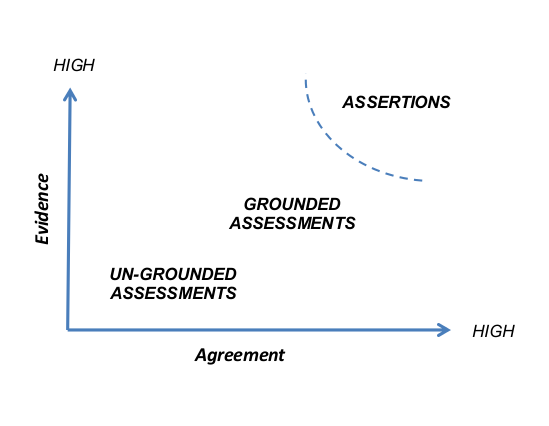5 tips for effective listening
 The first step in innovation success is listening – really getting to know the people you want to influence. NLP’s model of primary interest filters provides a handy checklist of 5 things to listen for to help you influence. Use this list to identify what interests different people have and how you could interest them in the results you want to achieve.
The first step in innovation success is listening – really getting to know the people you want to influence. NLP’s model of primary interest filters provides a handy checklist of 5 things to listen for to help you influence. Use this list to identify what interests different people have and how you could interest them in the results you want to achieve.
Neuro Linguistic Programming has its roots in the 1970s and has developed a number of useful tools for understanding and influencing human behaviour. One such tool is the framework of primary interests. It proposes that there are five basic areas of interest that people have, and that by adapting our conversations to their interests we can influence them more effectively.
(Later developments in NLP have identified more specific areas, but the original five are a convenient model to start the process of listening differently.)
5 interests to listen for
There are five main primary interest filters from which different people observe the world. Most people are particularly interested in one or two. Understand them and recognise them and you can design your messages more effectively:
- Place-oriented individuals have a strong awareness of their location, and find certain places to be important. Where they did or were going to do something would be a key factor in their decisions.
- Activity-oriented individuals are interested in focus on what they or others do. This sort likes to be active, going out and doing things.
- People-oriented individuals are interested in relationships and relating. They tend to be outgoing and friendly and do well in people oriented jobs.
- Information-oriented individuals focus on ideas and learning – that’s what will engage them.
- Thing-oriented individuals focus on what is in the location or environment. They will be interested in having, owning or collecting objects.
So next time you have someone to influence, listen to them for a while. Notice what interests and excites them. Ask them about the weekend, a holiday, or their favourite memory and notice which of the five filters they use most. Then take some time to think about your innovation. How could you frame your message in terms of their favourite filters?
What are your filters?
You could also do a self-analysis exercise to know your own preferences, so you don’t project your interests onto other people. Write about your weekend or latest holiday without thinking to hard. When you’ve finished, re-read what you’ve written against the five filters.
Other applications
You can use the filters as a way to broaden the audience for articles you write and talks that you give – by covering the five major filters you’ll interest a wider range of people.
The quality of your communication is the result that you get
You can blame the world for not listening, or you can study how to influence the people around you.





